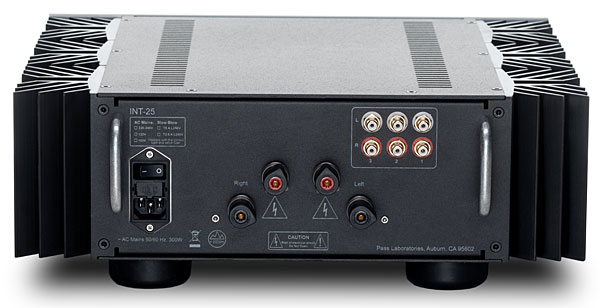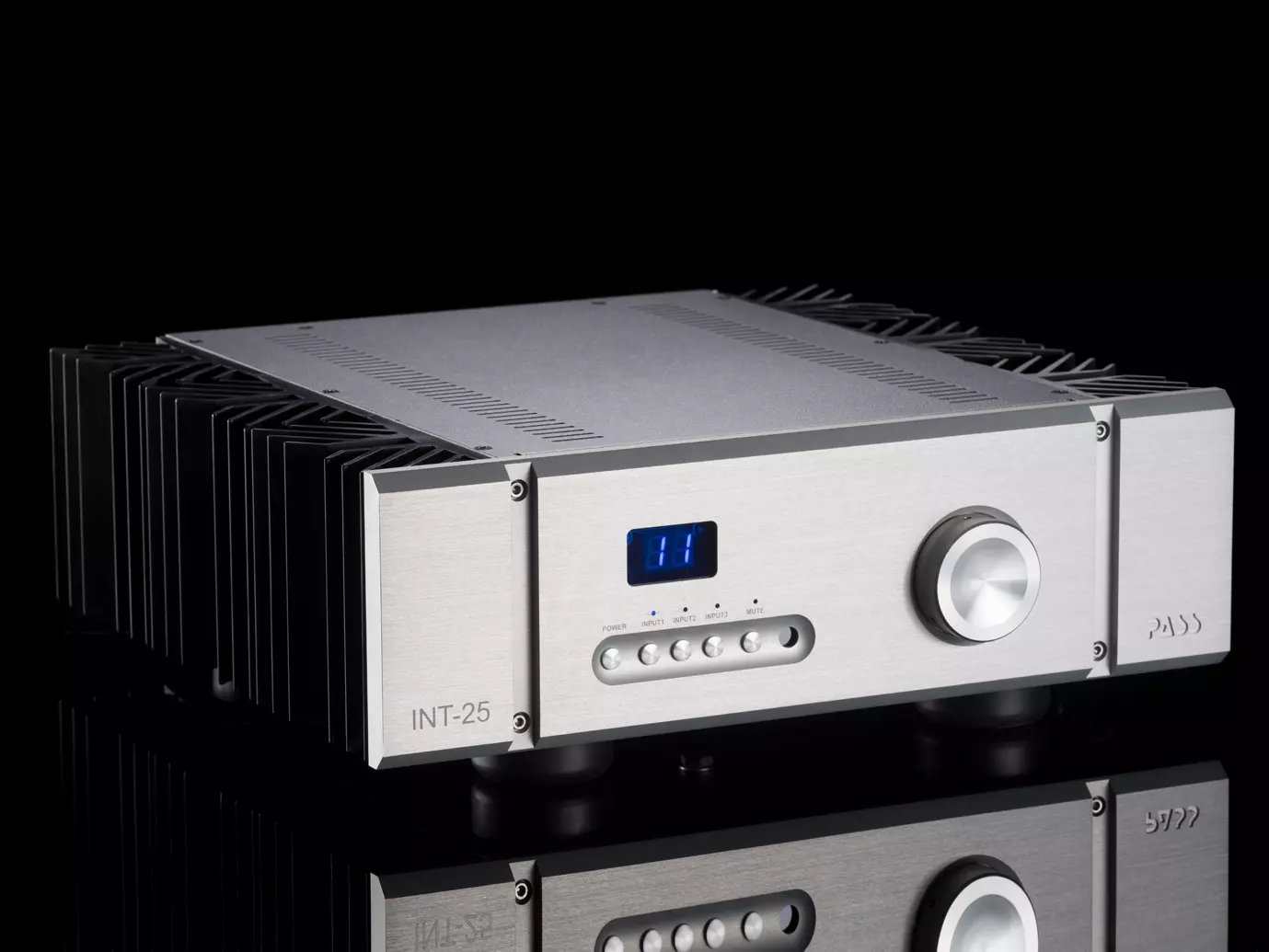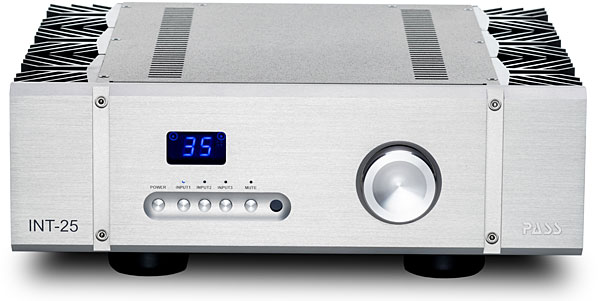
16p11.2 deletion is associated with hyperactivation of human iPSC-derived dopaminergic neuron networks and is rescued by RHOA inhibition in vitro | Nature Communications

A synthetic mRNA cell reprogramming method using CYCLIN D1 promotes DNA repair, generating improved genetically stable human induced pluripotent stem cells - Alvarez‐Palomo - 2021 - STEM CELLS - Wiley Online Library

PAS-based quality scores for 12 iPSC lines. Shown for each iPSC line is... | Download Scientific Diagram

Human iPSC-derived motoneurons harbouring TARDBP or C9ORF72 ALS mutations are dysfunctional despite maintaining viability | Nature Communications

iPSC–endothelial cell phenotypic drug screening and in silico analyses identify tyrphostin-AG1296 for pulmonary arterial hypertension | Science Translational Medicine

A reference human induced pluripotent stem cell line for large-scale collaborative studies - ScienceDirect
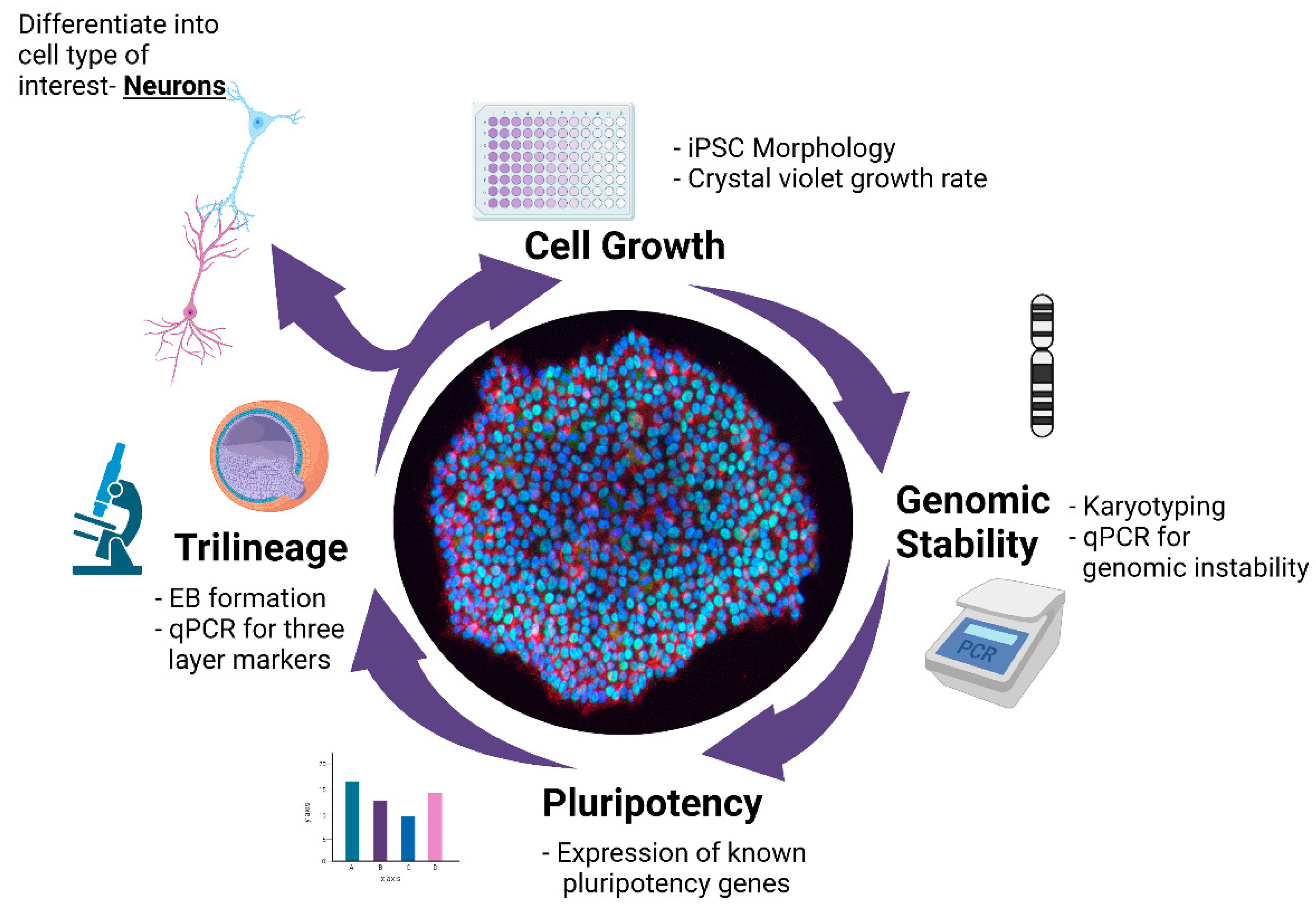
MPs | Free Full-Text | A Multistep Workflow to Evaluate Newly Generated iPSCs and Their Ability to Generate Different Cell Types
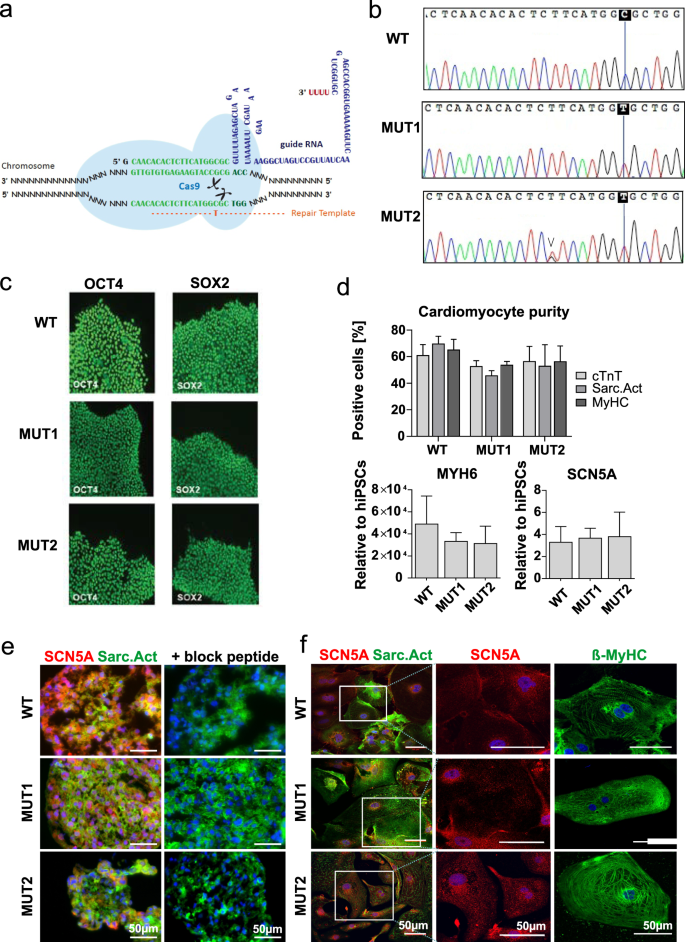
Comparing human iPSC-cardiomyocytes versus HEK293T cells unveils disease-causing effects of Brugada mutation A735V of NaV1.5 sodium channels | Scientific Reports

Predicting the functional states of human iPSC-derived neurons with single-cell RNA-seq and electrophysiology | Molecular Psychiatry

Isogenic Human iPSC Parkinson's Model Shows Nitrosative Stress-Induced Dysfunction in MEF2-PGC1α Transcription: Cell

A risk-based approach for cell line development, manufacturing and characterization of genetically engineered, induced pluripotent stem cell–derived allogeneic cell therapies - Cytotherapy


